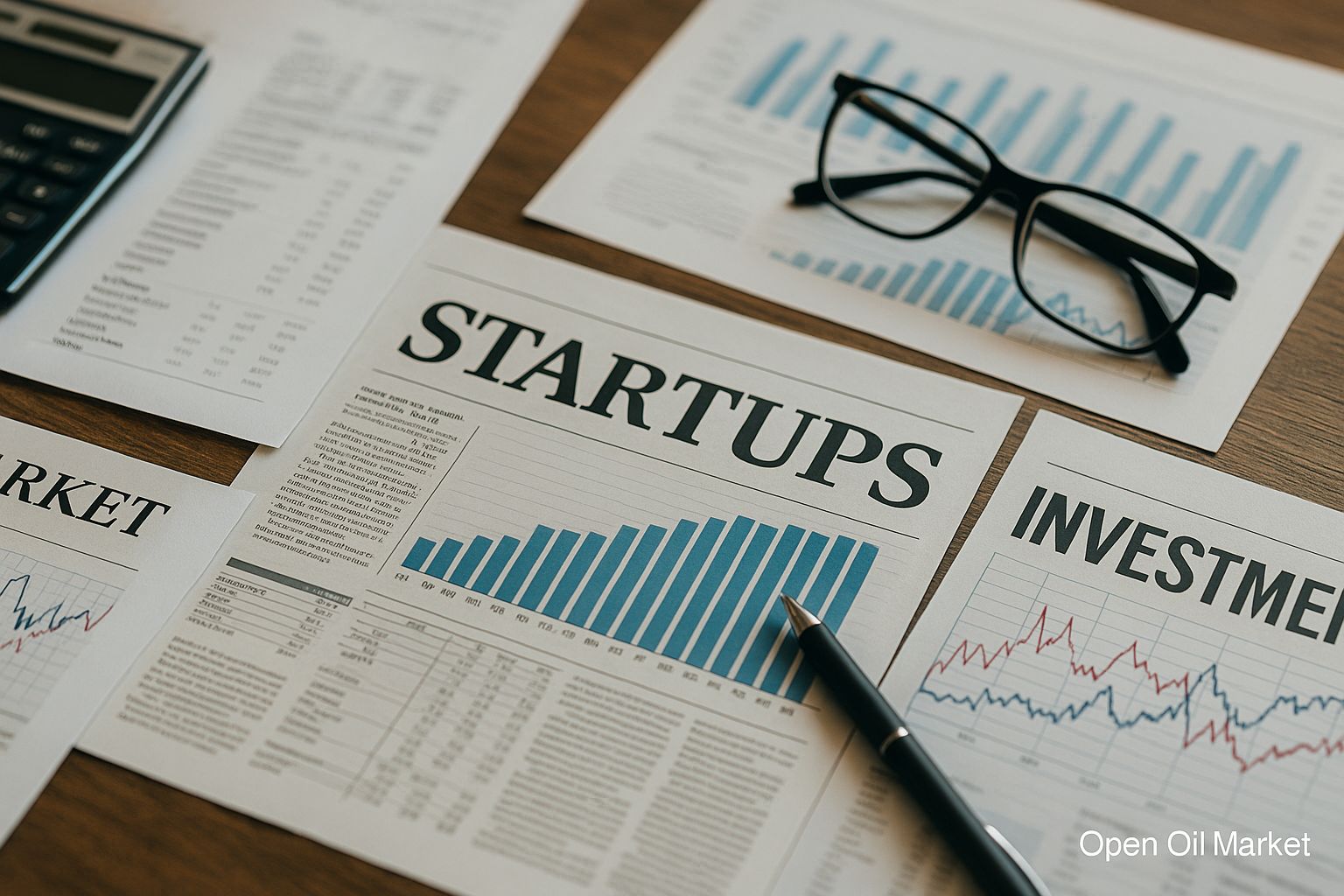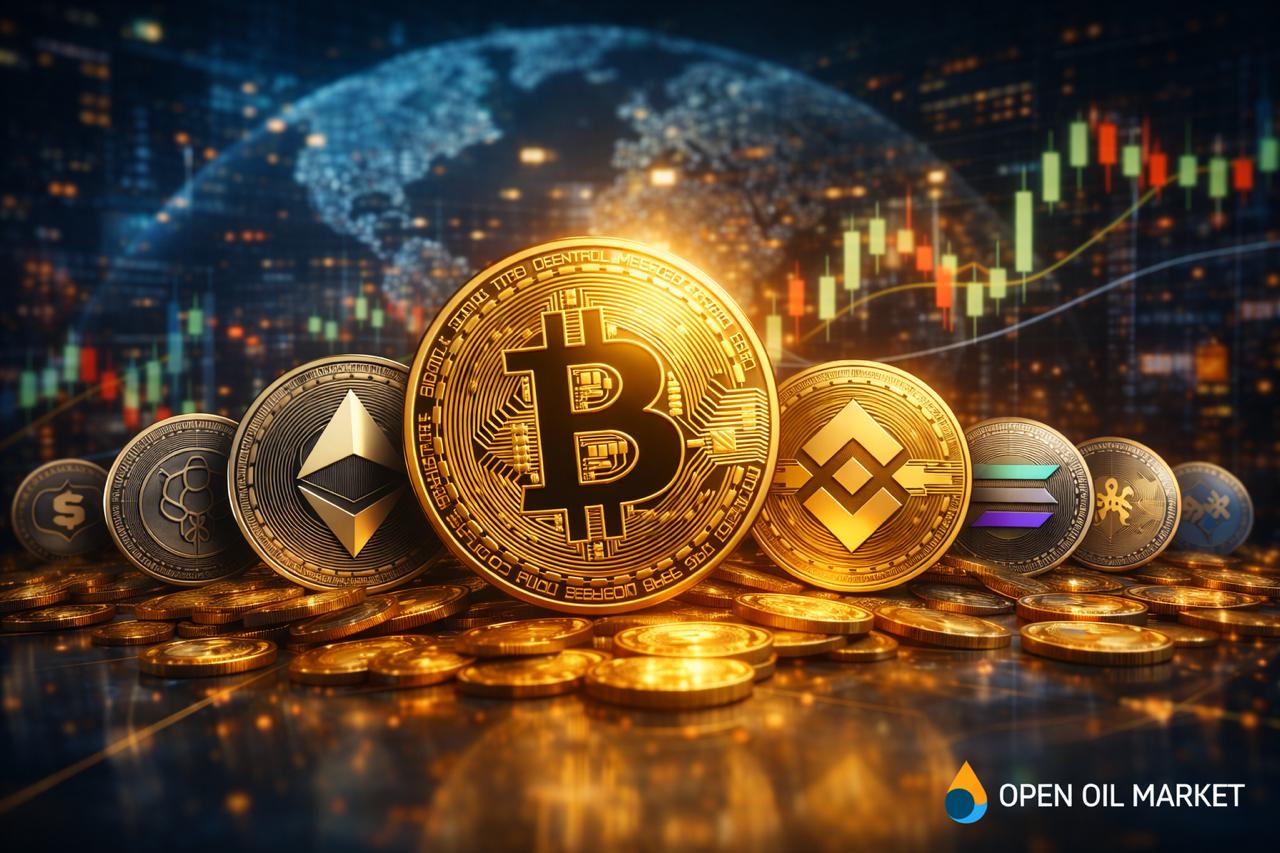
Global Venture Market News - October 15, 2025: Record Investments in Artificial Intelligence, IPO Comeback, M&A Deals, Biotech Growth, and New Funds. Trend Analysis and Key Events.
As of mid-October 2025, the global venture market is confidently recovering after several years of decline. Investors are actively financing technology startups again—record-breaking deals are being made, and plans for promising companies to go public are back on the agenda. Major funds, corporations, and governments are launching new venture initiatives and directing significant capital into innovative businesses. Consequently, the total capital inflow into the sector has increased dramatically, largely due to a series of mega funding rounds in artificial intelligence.
Venture activity is now covering all regions. The United States maintains a strong lead, especially in AI. In the Middle East, startup funding volumes have doubled compared to last year. Europe is witnessing a revival: for the first time, Germany has surpassed the UK in terms of venture investments. The situation in Asia is heterogeneous: China is experiencing a relative downturn, while India, Southeast Asia, and the Persian Gulf countries are showing growth and attracting record capital. The startup ecosystems in the CIS countries are also trying to keep pace despite external constraints. Overall, a new global venture boom is forming, although investors continue to approach deals selectively and cautiously.
Below are the key events and trends shaping the venture market agenda as of October 15, 2025:
- Return of mega funds and large investors. Leading venture funds are accumulating unprecedented amounts of capital and increasing their investments, once again injecting liquidity into the market and enhancing risk appetite.
- Record rounds in AI and a new generation of "unicorns." Extraordinarily large investments are lifting startup valuations to unprecedented heights, particularly within the artificial intelligence sector.
- Revival of the IPO market. Successful exits of tech companies to the stock exchange and the resumption of listings confirm that the long-awaited "window" for exits is open again.
- Diversification of industry focus. Venture capital is being directed not only towards AI but also towards fintech, climate and environmental projects, biotechnology, defense developments, and even crypto startups, broadening growth horizons.
- Wave of consolidation: M&A deals and major acquisitions. New mergers, acquisitions, and strategic investments are reshaping the industry landscape, creating additional opportunities for exits and accelerated scaling of companies.
- Global expansion of venture capital. The investment boom is spreading to new regions—from the Persian Gulf states and South Asia to Africa and Latin America—where their own tech hubs are forming.
- Local focus: Russia and the CIS countries. Despite constraints, new funds and initiatives are emerging in the region to develop local startup ecosystems, increasing investor interest in local projects.
Return of Mega Funds: Big Money Back in the Market
The largest investment players are triumphantly returning to the venture arena, signaling a renewed appetite for risk. The Japanese conglomerate SoftBank has announced the launch of its Vision Fund III, with approximately $40 billion focused on advanced technologies (primarily artificial intelligence and robotics). Sovereign funds from the Gulf states have also become more active, pouring billions into innovative projects and developing national megaprograms aimed at establishing tech hubs in the Middle East. Simultaneously, dozens of new venture funds are created globally, attracting significant institutional capital for investments in high-tech sectors. Overall, funds have accumulated record reserves of capital: in the US alone, over $300 billion of "dry powder" is available, ready to be deployed as confidence returns to the market. The return of mega funds and large institutional investors not only intensifies competition for the best deals but also instills confidence in the sector regarding continued capital inflow.
Record Investments in AI and a New Wave of "Unicorns"
The artificial intelligence sector remains the primary driver of the current venture boom, showcasing record funding volumes. Investors are eager to establish positions in AI market leaders, directing colossal funds towards the most promising projects. For instance, the American startup Anthropic raised about $13 billion in a Series F round (valuing the company at approximately $180 billion), while OpenAI secured an additional $8.3 billion at a valuation of around $300 billion—these deals highlight the frenzy surrounding AI companies. The current investment boom has already generated a new wave of "unicorns”—young companies valued over $1 billion. While experts warn of overheating risks, investor interest in AI projects remains unrelenting.
IPO Market Awakens: Window for Exits is Open
The global market for initial public offerings is gradually emerging from an extended period of stagnation. Successful IPOs of major tech startups demonstrate that the "window" for venture exits has reopened. Over the past few months, several unicorns have successfully debuted on the stock exchange, including fintech giant Chime and crypto company Circle. The stocks of these companies saw significant increases during their first few days of trading, confirming strong investor demand for new tech issuers.
European markets are also providing positive signals. Swedish fintech leader Klarna went public on the New York Stock Exchange this summer with a valuation of about $15 billion, exceeding its last private round and becoming one of the most anticipated European IPOs in recent years. A number of large startups (including payment service Stripe) have already submitted applications for stock offerings in the second half of the year, hoping to capitalize on favorable market conditions. The resurgence of activity in the IPO market is critically important for the venture ecosystem: successful public exits allow funds to realize profits and redirect freed-up capital into new projects.
Diversification of Investments: Not Just AI
In 2025, venture investments are covering an increasingly broad range of sectors, with investors' focus extending beyond just artificial intelligence. Following last year's downturn, there is a resurgence in fintech: in addition to the successful IPOs of digital banks, significant funding rounds are attracting payment and financial platforms in the US, Europe, and emerging markets. Interest in climate technologies is also growing—investors are actively funding decarbonization projects, renewable energy, and new materials for a "green" economy. The biotechnology sector is also coming back into focus for venture funds. High interest in innovative drugs is evidenced by record deals: for instance, the American startup Kailera Therapeutics raised $600 million just a year after its launch (one of the largest biotech rounds of the year). Moreover, pharmaceutical giant Pfizer announced its acquisition of biotech company Metsera for $4.9 billion, showcasing major players' willingness to acquire promising developments. Amid increased attention to security, investors have begun to more actively support defense technology projects—from drones and cybersecurity to communication platforms for the military. Interest in the crypto industry has also started to recover as the digital asset market stabilizes. This broadening of industry focus makes the entire startup ecosystem more resilient and reduces the risk of overheating in individual segments.
Consolidation and M&A Deals: Consolidating Players
Overinflated valuations and fierce competition are driving the industry toward consolidation. Major mergers and acquisitions are once again taking center stage, reshaping the power dynamics. For example, Google has agreed to acquire Israeli cybersecurity startup Wiz for approximately $32 billion—a record amount for the Israeli tech sector. Such mega-deals highlight tech giants' desire to acquire key technologies and teams. Overall, the surge in M&A activity provides venture investors with long-awaited profitable exits and indicates market maturation.
Global Expansion of Venture Capital: New Regions and Markets
The 2025 investment boom is transcending traditional tech hubs and spreading worldwide. The Middle East has become one of the epicenters of growth: Gulf countries, supported by sovereign funds, are investing billions in the development of local startup hubs. In South Asia, particularly in India, new unicorns and mega rounds continue to emerge, attracting both local and international capital. Africa and Latin America are also demonstrating record growth in venture investments amid economic digitization. Such geographic diversification allows investors to discover new growth points and reduce dependence on overheated markets in the US and China.
Russia and the CIS: Local Initiatives Amidst the Global Landscape
Amidst the global recovery, Russia and neighboring countries are attempting to catch the wave of the venture boom. In 2025, a number of new venture funds have been announced in the region, with a total capital amounting to tens of billions of rubles (on average, funds are being structured with amounts of 10–12 billion rubles) to finance early-stage technology projects. Preliminary results are already visible—local startups are beginning to attract serious funding. For instance, the Krasnodar food tech project Qummy recently raised 440 million rubles in investments. In addition, regulatory bodies have re-opened opportunities for foreign investors to invest in Russian companies.
Although the volumes of venture investments in Russia and the CIS remain modest compared to global leaders, the dynamics inspire cautious optimism. Several large companies are considering taking their tech divisions public with improving market conditions—VK Tech, for example, is contemplating an IPO in the foreseeable future. Concurrently, the government is deploying new support measures and corporate initiatives aimed at stimulating the local startup ecosystem and integrating it with global tech trends.




